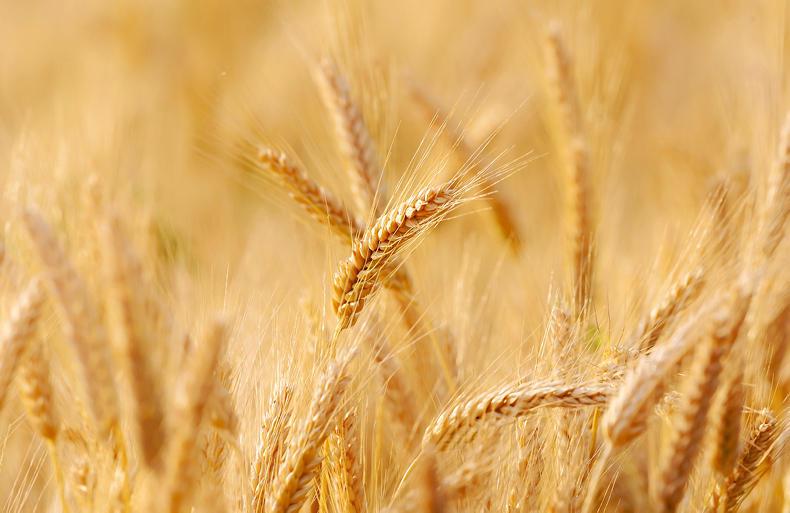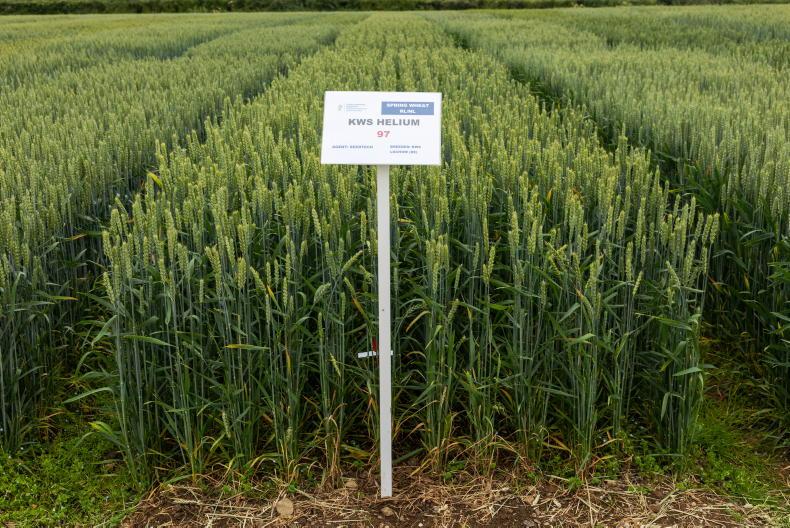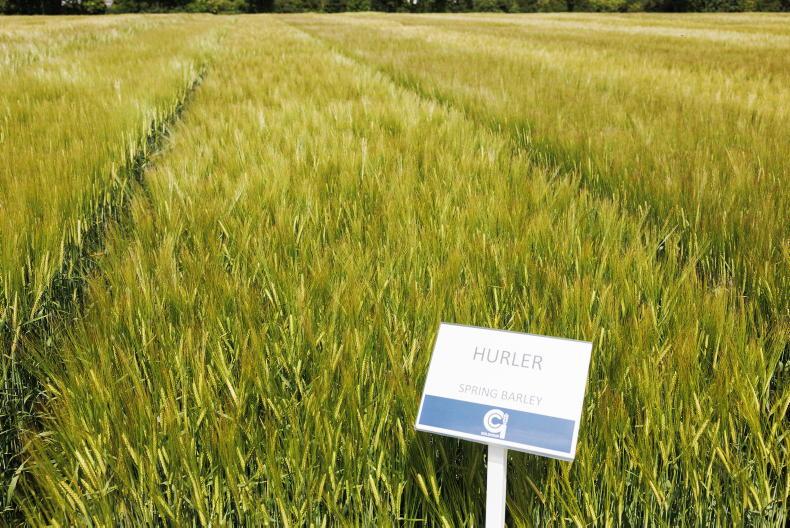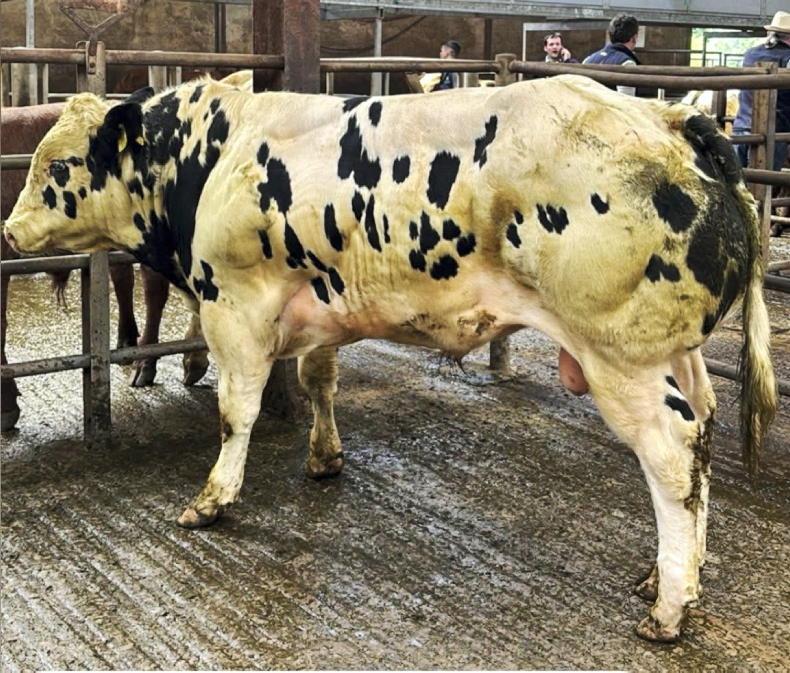The European Court of Justice (ECJ) has ruled that organisms obtained by mutagenesis are genetically modified organisms (GMOs). This means that new plant breeding techniques (NPBT) such as Crispr Cas9 will be subject to the same obligations laid down by the GMO Directive.
Mutagenesis involves altering the DNA of a living species, such as a crop variety, without inserting foreign DNA. The process of inserting foreign DNA into crops was standard practice in GMOs in the past and is known as transgenesis.
Mutagenesis
Durum wheat in Italy has been altered as far back as 1956 by mutagenesis. The editing reduced its susceptibility to lodging and improved the straw strength. The ruling has made an exception for any organisms already in use, and that have a proven safety record.
The case was brought to the ECJ by an association of French agricultural unions which defends the interests of small-scale farmers. It was their view that, “the use of herbicide-resistant seed varieties carries a risk of significant harm to the environment and to human and animal health, in the same way as GMOs obtained by transgenesis”.
Innovation
Bioindustries have expressed concern about the judgement. In a statement the secretary general for EuropaBio, the European association of bioindustries, John Brennan said, “Unfortunately, this court ruling does not provide the necessary regulatory clarity needed by EU researchers, academics and innovators.”
He said that it was important to deliver risk proportionate policy that allowed for innovation already occurring in other parts of the world. He added this would benefit the EU’s society, economy and the environment.
The biotech industry is at odds with environmental activists.
Greenpeace’s EU food policy director, Franziska Achterberg said: “The Court makes it crystal clear that plants and animals derived from gene editing are subject to the same safety and labelling requirements as other GM organisms.”
Read more
Lodging prevention and the use of PGRs
Analysis: European ruling opens debate on new plant breeding techniques
The European Court of Justice (ECJ) has ruled that organisms obtained by mutagenesis are genetically modified organisms (GMOs). This means that new plant breeding techniques (NPBT) such as Crispr Cas9 will be subject to the same obligations laid down by the GMO Directive.
Mutagenesis involves altering the DNA of a living species, such as a crop variety, without inserting foreign DNA. The process of inserting foreign DNA into crops was standard practice in GMOs in the past and is known as transgenesis.
Mutagenesis
Durum wheat in Italy has been altered as far back as 1956 by mutagenesis. The editing reduced its susceptibility to lodging and improved the straw strength. The ruling has made an exception for any organisms already in use, and that have a proven safety record.
The case was brought to the ECJ by an association of French agricultural unions which defends the interests of small-scale farmers. It was their view that, “the use of herbicide-resistant seed varieties carries a risk of significant harm to the environment and to human and animal health, in the same way as GMOs obtained by transgenesis”.
Innovation
Bioindustries have expressed concern about the judgement. In a statement the secretary general for EuropaBio, the European association of bioindustries, John Brennan said, “Unfortunately, this court ruling does not provide the necessary regulatory clarity needed by EU researchers, academics and innovators.”
He said that it was important to deliver risk proportionate policy that allowed for innovation already occurring in other parts of the world. He added this would benefit the EU’s society, economy and the environment.
The biotech industry is at odds with environmental activists.
Greenpeace’s EU food policy director, Franziska Achterberg said: “The Court makes it crystal clear that plants and animals derived from gene editing are subject to the same safety and labelling requirements as other GM organisms.”
Read more
Lodging prevention and the use of PGRs
Analysis: European ruling opens debate on new plant breeding techniques









SHARING OPTIONS